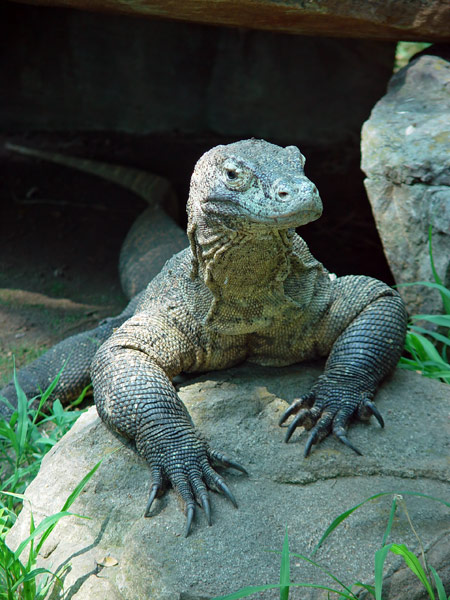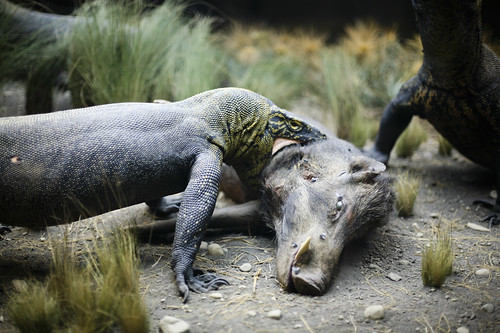 |
| SEE THE SHARP, CURVED CLAWS. |
 |
| KOMODO DRAGON DRAWING, THEY ARE VERY FIERCE. |
 |
| THEY ARE GOOD SWIMMERS TOO! |
 |
| BABY KOMODO DRAGONS. |
 |
| KOMODO DRAGON EATING A WILD BOAR. |
 |
| KOMODO DRAGON STAMPS |
 |
| SEE THE SHARP, CURVED CLAWS. |
 |
| KOMODO DRAGON DRAWING, THEY ARE VERY FIERCE. |
 |
| THEY ARE GOOD SWIMMERS TOO! |
 |
| BABY KOMODO DRAGONS. |
 |
| KOMODO DRAGON EATING A WILD BOAR. |
 |
| KOMODO DRAGON STAMPS |
Majestic beast.just wow!
ReplyDeleteWhat do animals eat?
Each & every tips of your post are awesome. Thanks.
ReplyDeleteYour blog has always been a good source for me to get quality tips on blogging. Thanks once again.
Komodo Dragons are amazing. Thanks once again for sharing this kind of article. Try to check this too
ReplyDeleteTypes of Insectst